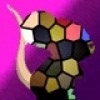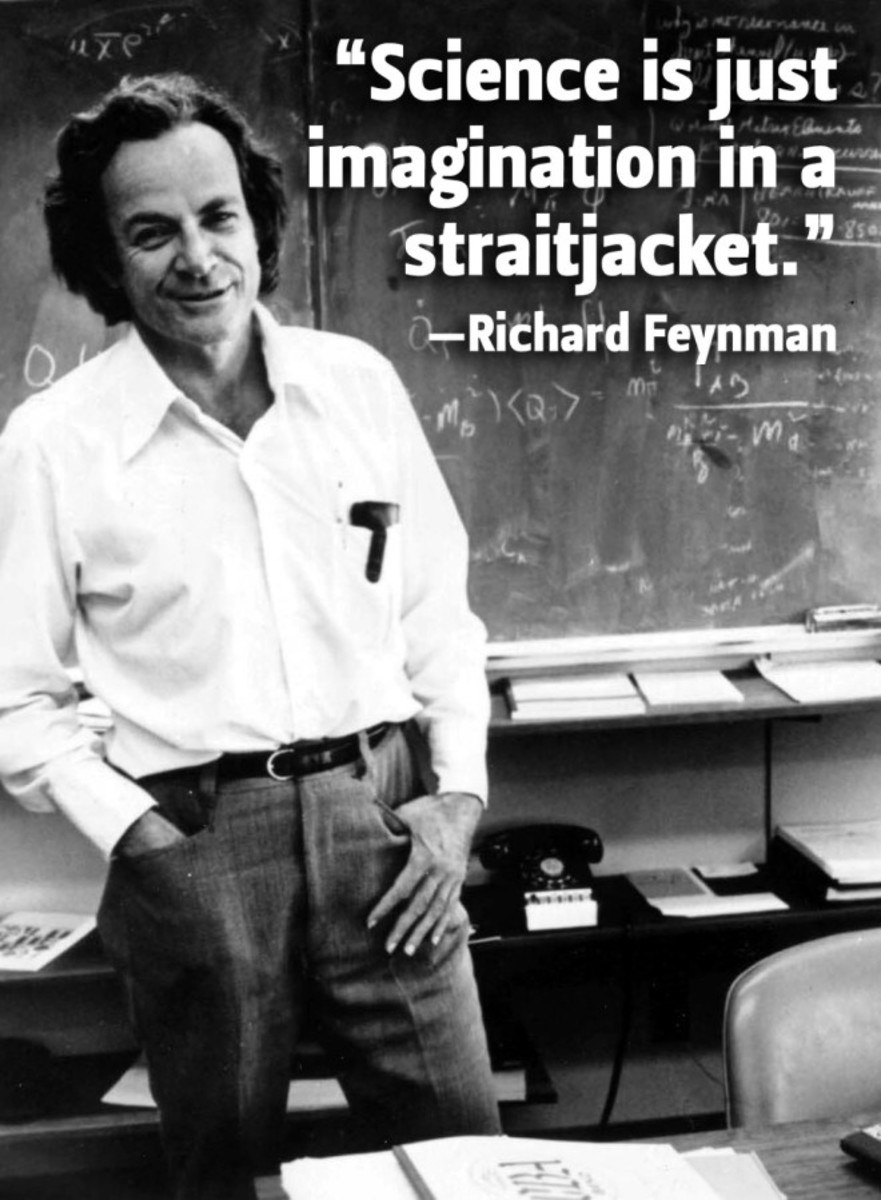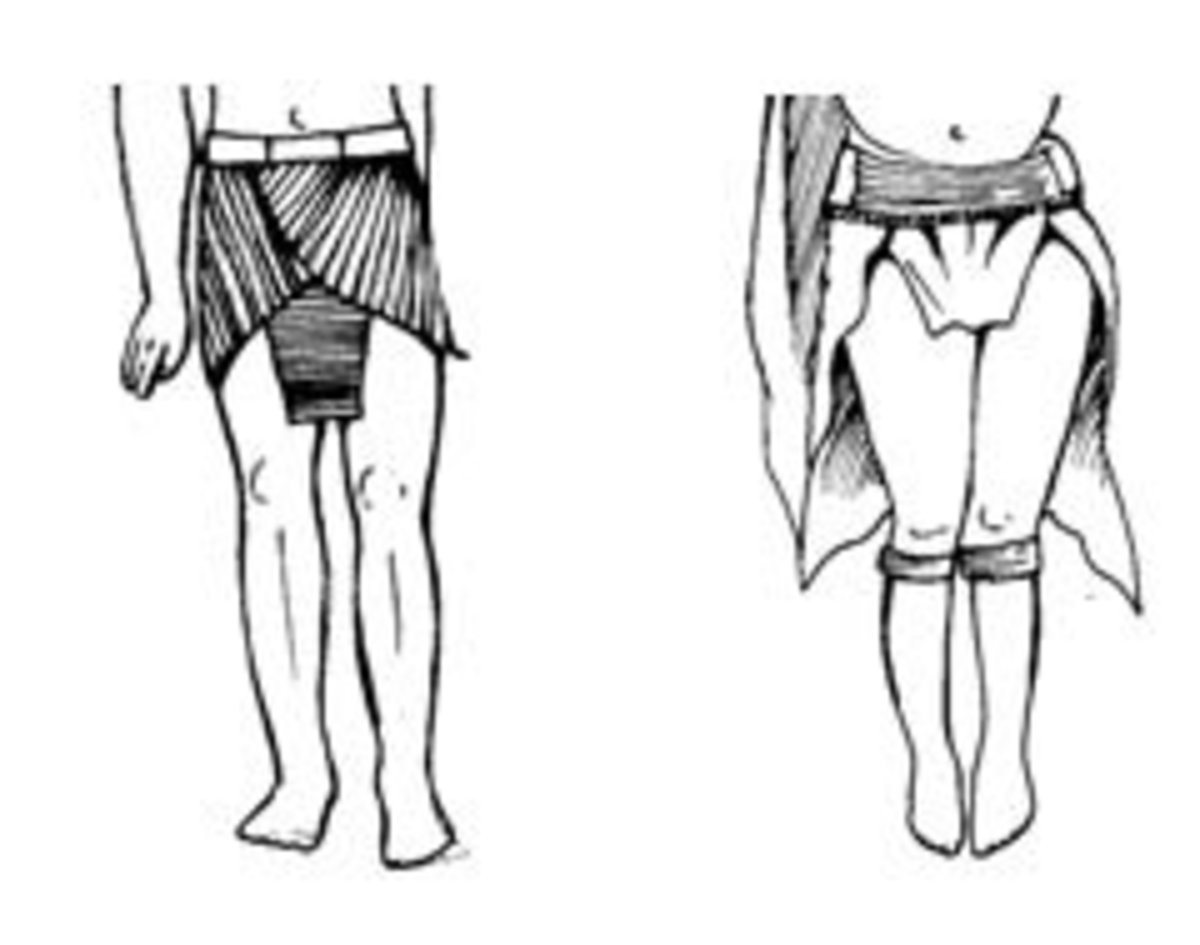Biomimetics - Learning from Nature
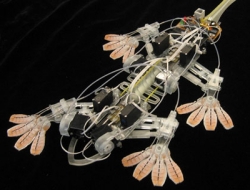
What Is Biomimetics?
Biomimetics is a new science intriguing many engineers, material, medical, and physical scientists across the globe. By definition, biomimetics is learning from nature's adaptations for use by humans in science and technology. One of the main subdivisions of Biomimetics deals with studying the mimicry and camouflage of animals, so that humans might be able to invent items that will mimic how certain animals hide themselves(one such use might be for better army camouflage)
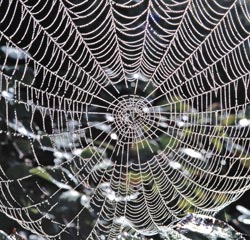
Biomimetics - A More In-Depth Analysis
Biomimetics is hard to explain in one simple definition, but it becomes easier to understand with a lengthier meaning.
Biomimetics is the use of designs and traits from nature to solve real and potential problems in other branches of science, such as engineering and medicine. In practice, a scientist might study one specific unique quality of an animal, like a spiders ability to build super-strong webs or how a gecko can grip onto a sheer wall. This step alone takes years of intense work, as the scientist must figure out the fundamental building blocks of how an adaptation is produced. Once a scientist determines how an animal produces an adaptation, they can begin to duplicate the result for the good of humanity. In the two examples above possible biometic outcomes could be cables that are thinner yet stronger than others, or non-slip tires that literally can grip onto the road.
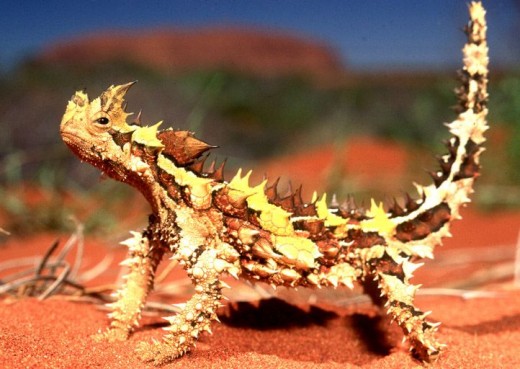
Andrew Parker - An Evolutionary Biologist
Andrew Parker the foremost biometic scientist, he has been studying and devloping how to use natural adaptations for human use.
Andrew Parker's resume is unbeatable in biometics, he has studied iridescence in butterfly eyes and antireflective particle coatings in moth eyes to help develop L.E.D. screens in cellular phones, and has helped to copy the ability of ants to lift objects more than 100x their own weight in a top secret project for the army. Parker's latest project has been to study the thorny-devil's,a lizard in Australia, ability to collect water from the ground using its foot, then transport the water directly to its mouth to keep hydrated. He hopes that using the same technique, he could create a device that will collect lifesaving water in the driest deserts in the world for native peoples.
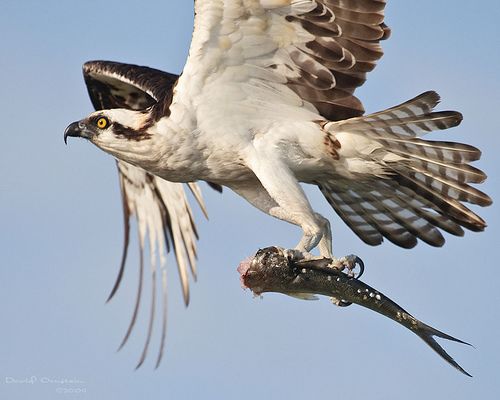
Projects Around The World
Scientists all over the world are working on producing biometically inspired devices, for a variety of uses
Parker's work is just one small project in a rapidle growing biomimetic movement worldwide. Scientists around the world are turning to adaptations produced over time by animals, to solve problems that humans are beginning to face. One such project is to study the bumps on a humpback whale's tail fluke with the hope of producing more aerodynamic airplane wings to reduce fuel consumption. In a similar project, raptor feathers, from birds like eagles and hawks, are being bit-by-bit virtually mapped out to decrease air resistance of planes for the same purposes as the whale study. Termites have even been studied for how they regular air flow, temperature, and humidity inside of their mounds in order to create more comfortable buildings for humans.
Biometically Inspired Bug-Catcher - A 3D graphical representation of Bio-Me, a bug-catching synthetic plant
Bio-Me is an autonomous synthetic plant that is capable of producing energy from its prey, insects. The "digesting" concept is based on GastroBots, a type of highly intelligent robot that can power itself by digesting real food. The robots have the ability to turn organic compounds directly into energy with little refuse through a complex process using MFC's. The biometically inspired plant is based off the carnivorous Venus-Fly Trap plant.
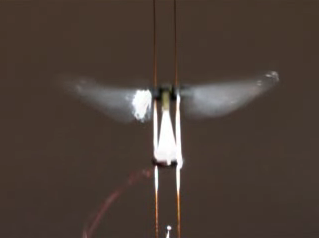
A Robotic Fly?
Is producing a robot as small as a fly useful? How can it be done in such a small scale, but then still be useful for humanity.
Ronald Fearing, an electrical engeneering professor, has been attempting to create a miniature robot fly that is easy to maneuver for use in surveillance(there might really be "flies on the wall" someday!) or search and rescue missions. During this project it has been established that just copying the fly will not work, they need to isolate the factors that give the fly the ability to....well....fly! Copying the structural designs of a fly is more of a engeneering based project, whereas many other projects require a deeper understanding of how a gene is produced. Even though a Robo-Fly seems easier to invent, it will take at least a few more years before it can be used in soceity.
Science Projects for Kids

Problems The Biometical Movement Is Facing
Even though the scientists involved in the study of biomimetics, the way is not pathed and is stilled littered with obstacles.
As of now, there has only been one mass-produced bio-inspired invention.....velcro. Velcro was invented in 1948 by a Swiss chemist, George de Mestral. Mestral copied the way burs hung to his dog's fur, and it has been massed produced ever since. Scientists blame three major reasons that project success is rare. First, they blame project funders who expect returns on their investments in the short-term and want profitable products within a few years which is almost impossible for a scientist to do. Second, they blame educational and industrial disciplines. Finally, the main reason that success is rare is that the technology to study the complexity of nature simply does not exist yet.
Regardless of these factors, the margin between what we can produce and what nature beats us at is becoming smaller every year. As our technology becomes more powerful such as microscopes, super-computers, and microtomography, scientists unlock new secrets in the natural world helping us understand the building blocks of life.
Biomimetic Articles Elsewhere
- National Geographics Article On Biomimetics
This article is absolutely amazing, it describes biomimetics completely in-depth and is beyond my understanding of the science at some points. I used this article as a basis for some major points i listed on this lens. - Biomimetics - Using Nature for Humanity
Another article on Biomimetics by me, this one provides a little more information at the cost of being harder to understand
